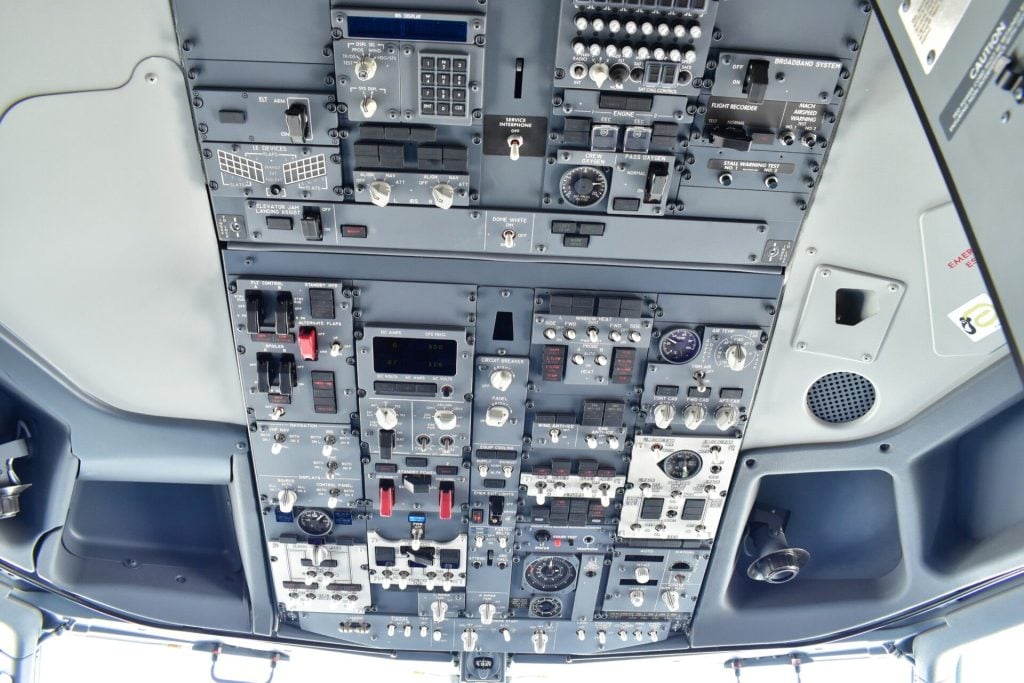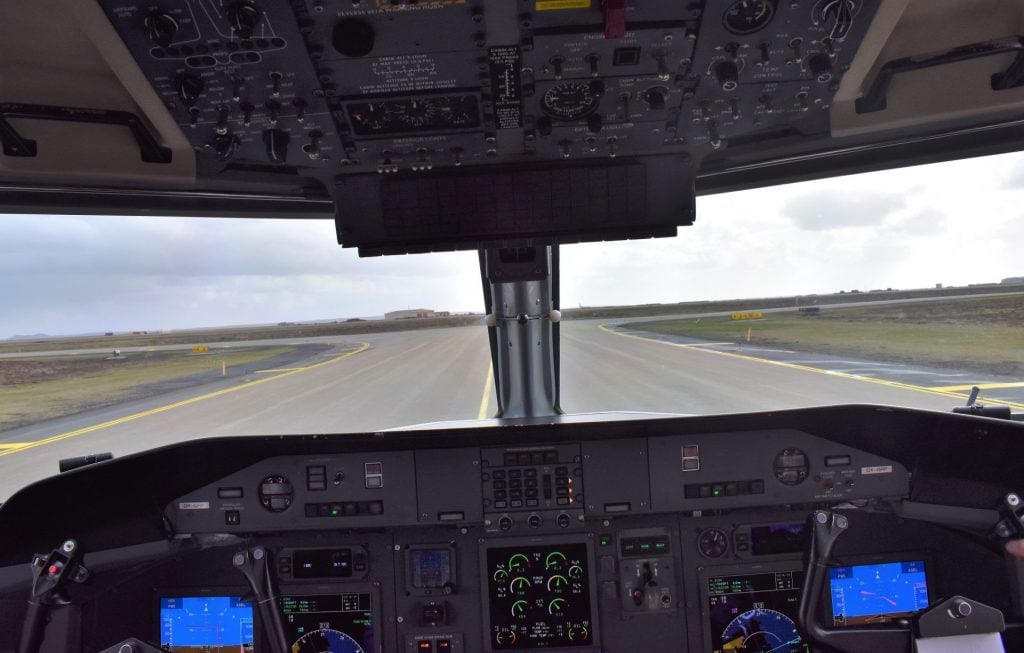Airplanes, the majestic machines that soar through the skies, are equipped with a fascinating feature that many may not be aware of – audible horns. These horns, while often overlooked, serve a crucial purpose in the intricate world of aviation.
In this comprehensive article, we’ll delve into the intriguing world of airliner horns, exploring their unique characteristics, their practical applications, and the role they play in ensuring the safety and efficiency of air travel.
The Unique Sound of Airliner Horns
Contrary to the familiar honking sounds heard from automobiles, the horns on airliners produce a distinctly different audio signature. Rather than a traditional horn-like tone, these horns emit a sound more akin to a car alarm – a loud, piercing alarm that immediately grabs the attention of those within earshot. This unique sound serves a specific purpose, as it is designed to be heard above the cacophony of airport operations and the powerful engines of the aircraft itself.
Also Read | How to Avoid Being a Bossy Leader
The Purpose of Airliner Horns
Airliner horns are not primarily used as a warning system, as one might expect. Instead, they serve a more specialized function, primarily as a means of communication between the flight crew and ground personnel. Pilots rarely, if ever, use the horn during flight, as it would be drowned out by the noise of the aircraft and the bustling activities of the airport. The horn’s primary purpose lies in its utilization by ground crews during aircraft maintenance and servicing.
Maintenance Crew Communication
When ground crews are performing critical tasks on an aircraft, such as maintenance or inspections, the horn becomes an indispensable tool for communication. The loud, attention-grabbing sound of the horn allows ground personnel to alert their colleagues on the tarmac or in the hangar of their presence and the ongoing work being carried out. This ensures that everyone involved in the maintenance process is aware of the situation, enhancing safety and coordination.
Alternate Signaling Systems
While the horn is a unique feature of airliners, it is not the only way these aircraft can communicate critical information. Modern airliners are equipped with a variety of signaling systems designed to warn of system failures, fires, or other safety-critical events. These include specialized sirens and other auditory alerts that are tailored to convey specific information to the maintenance crew, ensuring they can quickly identify and address any issues that may arise.
Also Read | 8 Tips to Face Your Fears and Beat Social Anxiety
The Importance of Airliner Horns in Maintenance
The role of airliner horns in the maintenance process cannot be overstated. These horns serve as a crucial link between the flight crew and the ground personnel, allowing for seamless communication and coordination during critical operations. By alerting ground crews to their presence and the work being performed, the horn helps to create a safer and more efficient maintenance environment, ultimately contributing to the overall reliability and safety of air travel.
Horns and Cabin Crew Communication
While airliner horns are primarily used for communication with ground crews, they can also serve a limited role in cabin crew coordination. In some aircraft models, the horn switch is located near the switches used to communicate with the cabin attendants. However, the effectiveness of this application is debated, as the horn’s volume and sound may not be readily heard or understood by cabin crew members.
Horns and Pilot Communication
Contrary to popular belief, pilots rarely, if ever, use the horn system during flight operations. The noise of the aircraft and the surrounding airport activities would likely drown out the horn’s sound, rendering it ineffective as a communication tool. Additionally, pilots have access to other, more reliable signaling systems specifically designed for in-flight use, such as warning lights and audible alerts.
Horns and Airspace Coordination
One common misconception about airliner horns is that they can be used to warn or instruct other aircraft in the vicinity. This, however, is not the case. Airliner horns are not designed for airspace coordination and cannot be used to direct other aircraft to get out of the way or to take evasive action. The coordination of aircraft in the skies is handled through a complex air traffic control system, which utilizes dedicated communication channels and protocols.
Horns and Regulatory Oversight
The use and design of airliner horns are subject to strict regulatory oversight by aviation authorities around the world. These regulatory bodies ensure that the horn systems meet stringent safety and performance standards, ensuring their effectiveness in the maintenance and servicing of aircraft. Pilots and ground crews are also trained on the proper use and protocols surrounding the horn system, further enhancing its role in aviation safety.
The Evolution of Airliner Horns
Over the years, the design and functionality of airliner horns have undergone various iterations and improvements. As aviation technology has advanced, so too have the capabilities of these communication tools. From the early days of aviation to the modern, highly automated aircraft of today, the role of the airliner horn has remained an integral part of the industry’s safety and efficiency protocols.
The Future of Airliner Horns
As the aviation industry continues to evolve, it is likely that the role and design of airliner horns will also continue to adapt and change. With the increasing adoption of advanced communication technologies and the growing emphasis on automation, the future of these unique features may involve further integration with other aircraft systems or the development of even more specialized signaling solutions. Nonetheless, the fundamental purpose of the airliner horn – to facilitate effective communication and enhance safety during maintenance and servicing – is expected to remain a critical component of the aviation industry for years to come.
Also Read | 15 Celebrities You Never Knew Came from Military Families
Conclusion
Airliner horns, while often overlooked, play a vital role in the intricate world of air travel. These unique communication tools serve as a crucial link between flight crews and ground personnel, ensuring the safe and efficient maintenance and servicing of aircraft. By understanding the purpose, functionality, and evolution of airliner horns, we can gain a deeper appreciation for the many layers of complexity that contribute to the overall safety and reliability of the aviation industry.
FAQs
1. Why do planes make a loud noise when landing?
Typically, the faster an aircraft flies, the more turbulence and friction it encounters. When the landing gear and flaps are deployed, they produce additional noise due to increased resistance. The level of noise generated can vary based on how the plane is flown, even among identical aircraft.
2. Why do planes not flap their wings?
Airplane wings are fixed and do not flap. Instead, jet engines propel the aircraft forward at high speeds. As the plane moves quickly, air rushes over the wings, which are shaped to direct the airflow downward. This downward flow creates an upward force that lifts the plane into the sky.
3. Does an airplane have WiFi?
Airplanes can connect to Wi-Fi in two ways: through land-based cell towers with an antenna mounted underneath the plane, and via satellites over oceans with an antenna installed on top of the plane. This setup transforms the aircraft into a Wi-Fi hotspot, enabling passengers to browse, stream, and stay connected throughout the flight.
4. What is the most noisy part of the plane?
While aircraft produce noise from various sources, such as the engine, airframe, landing flaps, and landing gear, it is typically the engine that generates the most noise.
5. Why do planes shake so much when landing?
As the air becomes unstable, it turns into fast-moving, chaotic swirls. An aircraft facing turbulence is jolted by the rapid, swirling airflow it encounters.






















